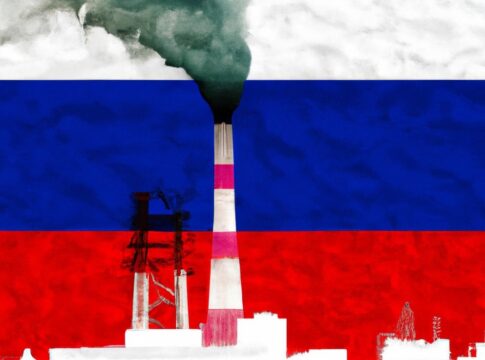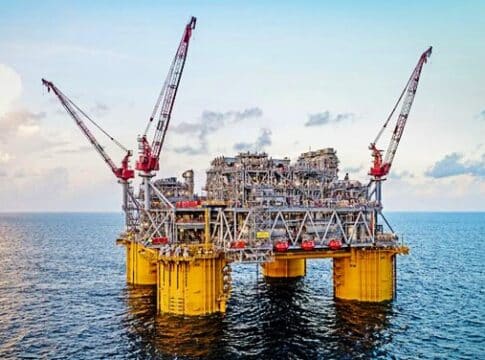Russia Develops their own Carbon Credit Methodologies
Gazprombank signed a deal with Yu. A. Israel Institute of Global Climate and Ecology (IGCE) to develop methodologies for generating Russian carbon credits from different projects.
Gazprombank, or GPB, is a private-owned, third-largest bank in the country by assets. GPB is one of the main channels for payments for Russian oil and gas.
The methodologies will contribute to improving the quality of Russian carbon credits, increasing the competitiveness of the Russian carbon market and facilitating access to it for foreign participants.
Russia Carbon Footprint
Russia emits 2-3 billion tonnes of greenhouse gasses each year, representing about 4% of global emissions. Obviously, the country’s emissions are mostly from fossil gas, oil, and coal.
The world’s largest exporter of crude and refined oil products, as per IEA data, is also the biggest methane emitter. 4 billion dollars worth of methane was estimated to leak in 2019/20.
The annual CO2 emissions were around 12 tons per person in 1990, which is more than 2x the world average. It went down to over 7 tons per person in 2018, but is still more than the world data.
Source: OurWorldInData.org
In 2019, President Putin signed a law regulating the country’s top emitters by requiring them to report their emissions. It marked Russia’s first moves toward controlling carbon emissions since joining the Paris Agreement in 2019. 2023 is the target date for starting the carbon emissions reporting.
Russia’s goal is to reach net zero emissions by 2060. Yet, its energy strategy to 2035 is mostly about burning more fossil fuels.
The energy sector is responsible for most of the country’s GHG – about 80%! Gas fired power stations are a major emissions source. Industrial production and agriculture are the second and third largest sources.
As Russia has no carbon tax or emissions trading in place, it can be vulnerable to future carbon tariffs imposed by the EU or other export partners. For instance, if the EU’s Carbon Border Adjustment Mechanism (CBAM) takes force, it would cost Russia over 8 billion euros each year.
The country’s carbon footprint has a huge impact on climate change since Russia is the 4th-largest emitter in the world, ranking behind China, the U.S., and India.
So to help reduce its emissions, Gazprombank struck a deal with ICGE to strengthen Russian carbon credits generation.
Methodologies for Russian Carbon Credits
The list of 18 methodologies included in their agreement was formed based on the needs of potential project developers who applied to the Russian register of carbon credits.
IGCE has been developing and improving methodologies for estimating GHG emissions and removals for 20+ years. It is Russia’s leading organization in the field of climate change.
Gazprombank seeks to improve the competitiveness of the national market for carbon units and its attractiveness for both Russian and foreign buyers.
In late 2022, the Russian National Commodity Exchange, part of the Moscow Exchange Group, started trading of carbon credits. The Russian carbon credits were sold for over US$15.
The Russian Carbon methodologies are planning on being comparable to other international ones. At the same time, it will take into account factors specific to the Russian context.
The development of methodologies will be implemented on the basis of the Carbon Credit Registry Operator, with the involvement of competent expert bodies and according to the best international practices.
Below is the list of climate project methodologies developed by IGCE and Gazprombank.
Energy Efficiency buildings – large scale
Energy Efficiency buildings – small scale
Flaring & Utilization of gas from oil wells
Advanced Oil & Gas recovery
Low carbon fuel
Renewable Energy – large scale.
Renewable Energy – small scale.
Energy Efficiency of gas compressors.
Utilization of gas, replacing flaring or deflation.
Sustainable Forest management – large scale.
Sustainable Forest management – small scale.
Upgrade Combined Heat & Power (CHP) Systems CHP from coal to gas.
Sustainable Agriculture.
Reduce Sulfur Hexafluoride (SF6) Emissions from energy distribution & distribution
Cogeneration Plants.
Biomass heat and electricity production
Increase renewable energy at hydroelectric power stations.
Wetlands Protection
The post Russia Develops their own Carbon Credit Methodologies appeared first on Carbon Credits.



